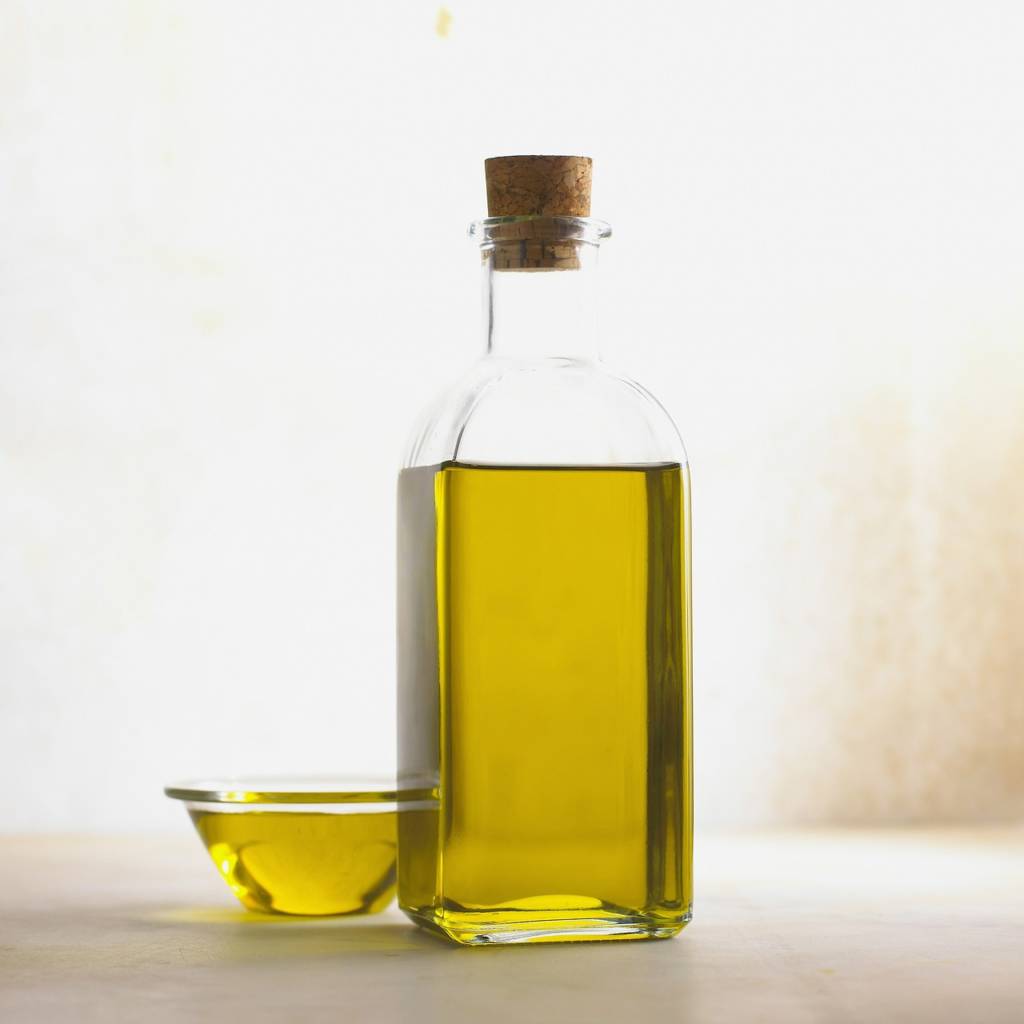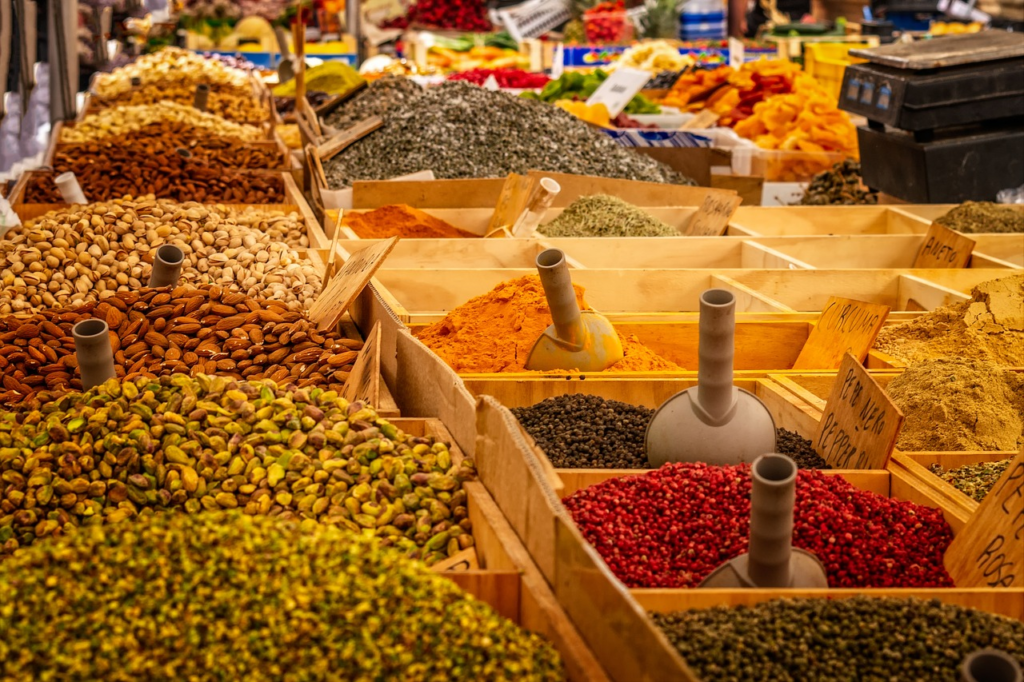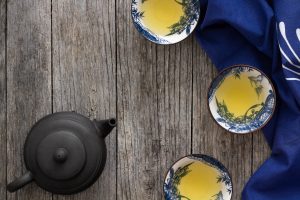Counterfeit and Adulterated Food

Generally, when you purchase a food item, you expect it to be the item as labelled. However, in today’s grocery stores carrying products from all around the world, that may not always be true. With global markets having producers so far removed from consumers, there is often increased economic incentives to make cheap, adulterated or fraudulent food products without major concern for consequences.
Unfortunately, problems seem to be increasing, with a number of categories of food being problematic. Olive oil, honey, and spices are common targets for food counterfeiting among others.
Olive Oil
Olive oil is often revered as one of the healthiest oils for cooking. And studies have documented numerous health benefits with olive oil consumption, including for heart disease, diabetes and cancer prevention (Mazzocchi 2019). With all the evidence suggesting benefits from consuming olive oil, it’s not too surprising that the oil is in high demand. Yet, high-quality, extra virgin olive oil is difficult to produce. As such, olive oil is one of the more expensive culinary oils.
Due to its higher price, producers can save money by cutting olive oil with other, cheaper oils (Salah 2021). One of the most common practices is to combine extra virgin olive oil with a cheaper refined olive oil. This can preserve some of the taste characteristics of a more expensive oil while still reducing production costs. Commonly, the producer may even go one step further, cutting olive oil with cheaper corn, soybean, hazelnut or sunflower oil. If individuals are allergic to any of these other foods, results can be disastrous.
Identifying adulterated or fraudulent products is not easy. Most available testing data on olive oil products is more than ten years old and not a reliable source of information on current oil quality on supermarket shelves. There are certification programs which can help. The North American Olive Oil Association tests samples bought directly off store shelves to confirm quality. They have a list of oils on their website that all pass basic testing for authenticity. There are likely numerous other quality products on the market, but it can be challenging to know which is which.
Honey
Honey is often considered a sweet treat, sometimes used as a topping on cornbread or in other confectionery. And like olive oil, honey is starting to be recognized for some significant health promoting properties. Some honeys even fetch an extra premium due to their antimicrobial effects, with manuka honey being a prime example (Nolan 2020). As such, honey fraud has started to become a significant issue.
Honey is adulterated in two basic ways. The first is to dilute honey with other sugary syrups of lesser value. High fructose corn syrup is cheap and abundant with similar physical properties to honey. It is often mixed in to increase volume. The other adulteration technique is to overfeed bees directly with cheap sugar syrups (Faklaei 2020). This creates a fraudulent honey that can be harvested directly from a hive in plain view of a consumer. It can also create fraudulent honey that still contains the honeycomb. A test on 100 commercially available honey samples from all over the world found that approximately 27% were likely adulterated (Zhou 2018).
Similar to olive oil, it can be difficult to make sure that your honey is not fraudulent. For manuka honey, getting a brand with a UMF certification will likely get you an authentic product. For other food-use honey, finding a local beekeeper at a farmer’s market is often a simple way to get a pure honey variety and support local commerce.
Herbs and Spices

A recent report from Europe found that 16,000 tons of fake or adulterated food were seized in 2019. Of that quantity, 1136 tons were spices (Pacholczyk 2021). Since spices often come as a powder, they are easy to fake or adulterate.
Common practices include adding dyes (which are often toxic) to spices that make them look fresher or more appealing. Sudan, Para and rhodamine B red dyes have been discovered frequently as adulterants. These dyes are considered carcinogens or likely carcinogens and Sudan dye has been banned worldwide. Unfortunately, it is still being used to adulterate food.
Another illicit practice to decrease production costs of spices is to include a separate, cheap, filler powder that is difficult to detect. Common additions are often concerning if not outright disturbing. Starch, brick dust, sand, saw dust, stone or chalk powder, and dung powder have all been found as adulterants (Pacholczyk 2021).
The easiest way to avoid problems with spices is to buy fresh or whole spices and grind them yourself, although this doesn’t circumvent all problems. For example, papaya seeds are commonly substituted for a portion of black peppercorns.
Conclusion
There are numerous other foods that are often counterfeit, including milk products, meat, seafood, grain-based products, fruit juice, coffee and tea (Hong 2017). Raising awareness can help to make sure companies and governments are diligent in helping prevent problems. If you buy a product and it seems “off,” it is quite possible that there is something wrong with it. As a common saying goes, “when in doubt, throw it out.”



